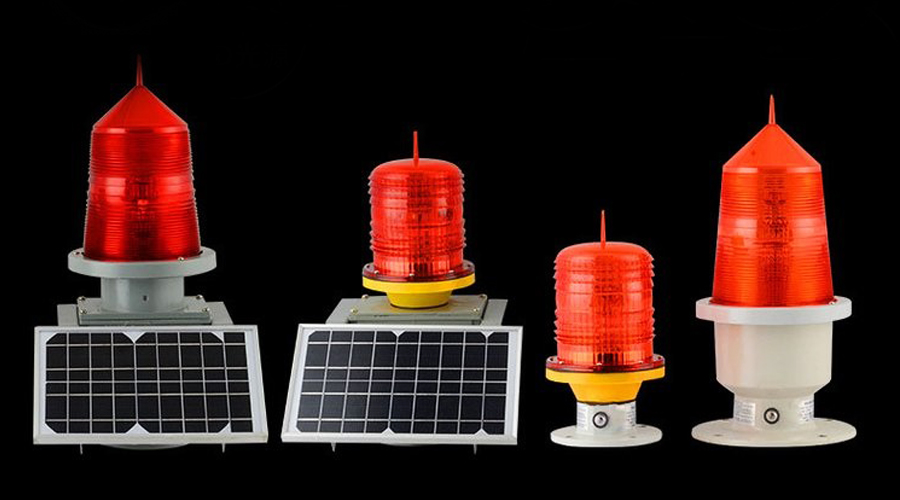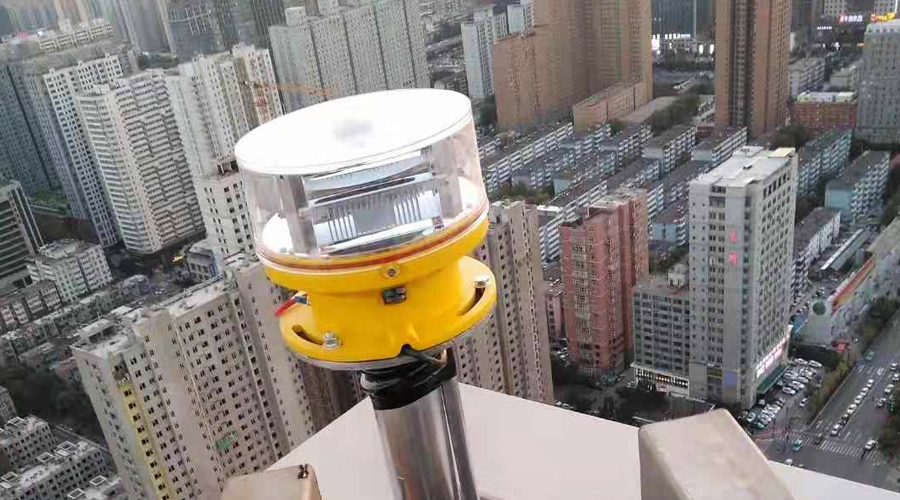
Characteristics of Apron Lighting
Apron lighting is important helipad lights for aviation safety. This article mainly introduces the lighting system and warning function of

ICAO guidelines for aviation light is the installation standard for obstacle lighting (such as high-altitude obstacle lights for wind turbines, overhead wires, cables, etc., and support towers, etc.). It’s mainly used to show the outline of buildings to aircraft operators, serve as a warning, and help judge the height of obstacles.
According to ICAO requirements, aviation obstruction lights must comply with relevant standards. Such as, high-intensity obstacle lights have a horizontal beam spread angle of 90° or 120°, which can achieve 360° horizontal coverage. Flash frequency and duration are also important characteristics of obstacle lights. Let’s understand together.
If obstacles are to be identified, one or more low, medium or high intensity obstacle lights should be placed as close as practicable.
Recommendations for a combination of medium/high intensity lights
If the tower or antenna structure, with attached poles or antennas, is greater than 120m, it is not possible to place a high-intensity obstacle light on the top of the attached device, then an aviation obstruction light needs to be installed at the highest feasible point, and a medium-intensity Type A high-altitude obstruction lights should be installed on the top.
If it’s a large object or a group of closely spaced obstacles, the arrangement of solar or LED warning lights should at least indicate the highest point or edge of the object relative to the obstacle limiting surface or above the ground.
If two or more edges are at the same height, the edge closest to the landing zone should be marked.
a) Use low-intensity aviation obstruction lights, and the longitudinal spacing should not exceed 45m;
b) Use medium-intensity obstruction lights, and the longitudinal spacing should not exceed 90m.
c) High-intensity aviation obstruction lights. Located on objects above 120 or 150m. Type A and Type B high-altitude obstruction lights are available. Generally, high-intensity obstruction lights are suitable for both daytime and nighttime use.
For objects that are not too wide and are less than 45m above the ground, Type A or B low-intensity aircraft warning lights should be used.
If Type A or B low-intensity aviation lights cannot be fully used, or early special warning is required, and the obstacle height is greater than 45m and less than 120m, medium-intensity or high-intensity obstacle lights should be used.
If the object is a large object, medium-intensity obstruction lights of type A, B or C should be used.
Medium-intensity obstruction lights of type A and C should be used alone, while medium-intensity obstruction lights of type B should be used alone or in combination with low-intensity obstruction lights of type B.
The above is part of the ICAO guidelines for aviation light. If you have any additional requirements or needs for LED solar aviation obstruction lights, please feel free to contact us.

Apron lighting is important helipad lights for aviation safety. This article mainly introduces the lighting system and warning function of

Obstruction light aviation lighting requirements, learn more about the requirements of low-intensity, medium-intensity, and high-intensity obstacle lights.

ICAO guidelines for aviation light is installation standard for obstacle lighting, which is mainly used to warn the existence of

Aviation lighting requirements include many, article mainly describes the installation & technical specifications of aviation obstruction lights for obstacles.

High intensity obstacle lights the setting is mainly reflected in high light intensity, high installation height and brighter light source.
Copyright © 2024 Shaanxi Yuefeng Feiyao Technology Co., Ltd. | Powered by YFFY Lights